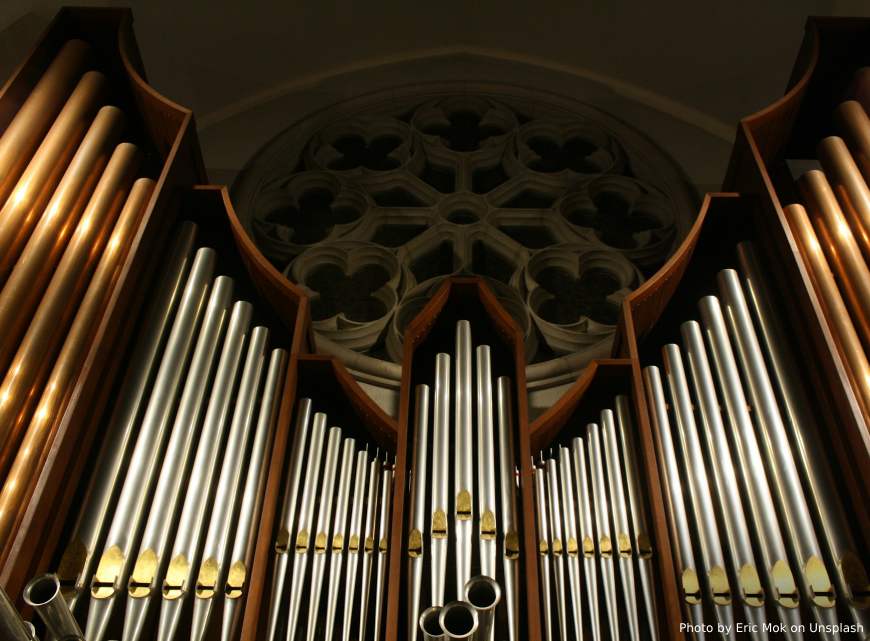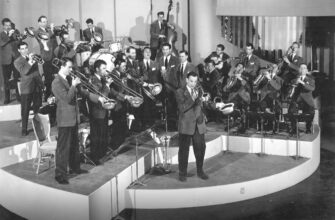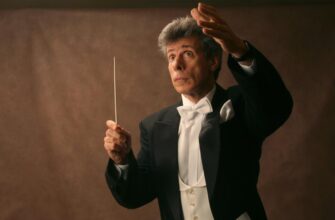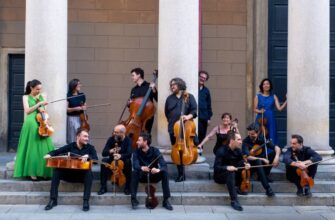For people who love the unique sound of the organ, there is no need to represent our interlocutor. Norwegian organist, adjunct Professor of the Grieg Academy in Bergen, Karsten Askeland arrives in Russia and opens to our audience the historical and contemporary organ music of Europe. Cultural and political magazine “E-Vesti” had the opportunity to talk with the organist on the eve of his next Moscow concert.
EV: Mr. Askeland, is organ music is popular in Norwege?
Karstein Askeland: Yes, it has always been a part of the Norwegian church. This is tradition. This is not popular like popular music, but it is needed in important life events like weddings. And it is a large number of organ recitals. In the whole country many new organs has been built during the last twenty-five years. So, a lot of things is happening.
EV: I see in your Russian concerts a number of musicians of different epoques and styles. Why you combine them in one event?
Karstein Askeland: In the beginning I play the piece by Nicolaus Bruhns – one of the greatest composers who lived one generation before Bach. Like Buxtehude and others he written a number of great organ music in stylus phantasticus (fantastic style). This is really a highlight in early baroque music.
Than I’ll play Bach, one of his most technically difficult and effectful organ works. It is F Major toccata. There is a game between major and minor. The things seem to be very simple, but a whole harmonic scale is used here. This is really dramatic, a fantastic piece to play and to listen to.
Then goes Niels Wilhelm Gade. It was golden romantic age of music in Denmark. Gade was friend and successor of Mendelssohn, the conductor at Gewandhaus Orchestra. When Mendelssohn died, took his position as a chief conductor. But one year later in 1848 he was forced to turn back to Copenhagen because of war between Prussia and Denmark. Gade was organist there in military church. It is a long story. He written one big organ piece. It is three organ tone pieces: Tonestykke F major, C major and A minor.
Stig Holter is a friend of mine, he wrote his sonata A minor for me in 2007. It is a torch performance for a church where I’m organist, in Bergen. I’ve played it many times in Norway, in Germany, everywhere. This is neoclassic, the school started with Paul Hindemith. It develops and has very big influence on composers’ style in Norway.
EV: When you combine very different musicians in one programme, do you want to show common things, that there is not changed much?
Karstein Askeland: This is not difference, it is tradition. All of them developed own style, but always in connection with others. If you take Bach, who influened on Bach? Who has Bach influenced on? Bach had influenced on Mendelssohn, Mendelssohn – on Gade, then Maximilian Reger. And after him it is neoclassic style. All these masterpieces are impressed with a music of Bach.
EV: When we’re talking about culture in general, German culture is similar to North European culture (fairy tales, language etc). Do organ tradition in music in these countries also unite them?
Karstein Askeland: Yes, it is. In a sence of a church tradition. Because the Lutheran church was established in Scandinavian countries. This organ church tradition is very much connected.
If we move apart, it is a catholic tradition. They took two separate ways from the end of the XVIII century, after the revolution.
EV: Do you have favorite composer?
Karstein Askeland: Yes, I have favorite composers, but they change. Bach is always my favorite. Reger was my favorite. The composer is usually favorite for a couple of years, then you’re looking for something else, for something new. I always keep my eyes opened to discover a lot of music I don’t know yet.





